My Corner Online
Chrysanthemum | Mum, Chrysanths
Chrysanthemum | Mum, Chrysanths
Asteraceae (Daisy and Sunflower Family) (Pronounced ass-ter-AY-see-eye )
Pronounced Kri-SAN-thuh-mum
The word "Chrysanthemum" is from the Greek words "chrysos" which means "gold" and "anthemon" which means "flower," or together "gold flower."
I have always had a practice to cut back Mums by July 4. It keeps them from blooming too early. This is the same date as I wait to cut back Iris, and it being a holiday it is easy to remember. If you want blooms earlier than the Autumn season, let them be.
That is the main thing to remember about Mums. Otherwise, they are easy to grow and generally thrive.
A secondary tip that I have always practiced is to cut the Mum back after they bloom and to lay horizontally some of the leaves on top of the Mum to protect them from the cold Winter temperatures. It does not have to be completely covered, but just in general. I do not like the look of it, but it seems to work. Then I remove them in early Spring when I am cleaning up the garden beds.
Mums are divided into garden hardy (planted in the ground) and exhibition (florist which requires more care) types.
Mums thrive best in full sun.
The common flowers have a yellow disc center of florets with rays of florets around those in the center. However, some varieties have no florets in the center. Flowers can be single or double. The flower head can be single or in clusters, as well as come in many sizes, shapes, and colors. See the classes listed below.
The leaves are deeply serrated or lobed.
There is a National Chrysanthemum Society: https://mums.org although it looks like there are only 8 states with chapters so far, so I am thinking it is a new group.
They have an annual national show. The judging includes 13 classes of mums. They have drawings of each on their website: https://mums.org/line-drawings-chrysanthemum-class
There photo gallery also has samples of each. So it seems there is more to Mums than the basics we see everywhere in the stores in the Autumn. I wonder what class my Mums fall into and where to purposefully purchase certain types.
Class 1 Irregular Incurve
Class 2 Reflex
Class 3 Regular Incurve
Class 4 Decorative
Class 6 Pompon
Class 5 Intermediate Incurve
Class 7 Single/Semi-Double
Class 9 Spoon
Class 8 Anemone
Class 10 Quill
Class 12 Brush and Thistle
Class 11 Spider
Class 13 Unclassified or Exotic
2024
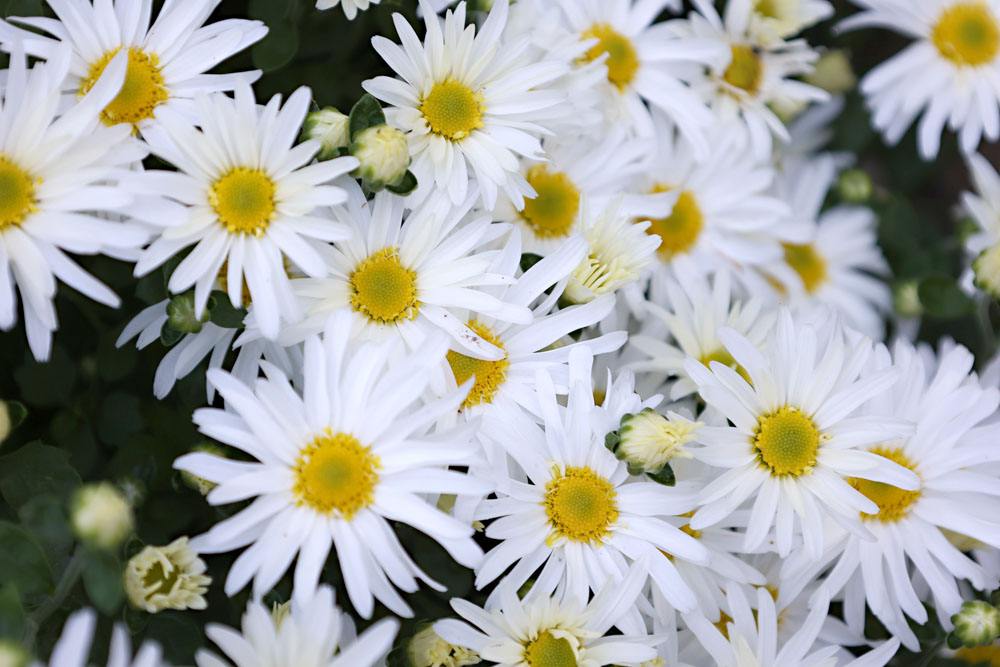
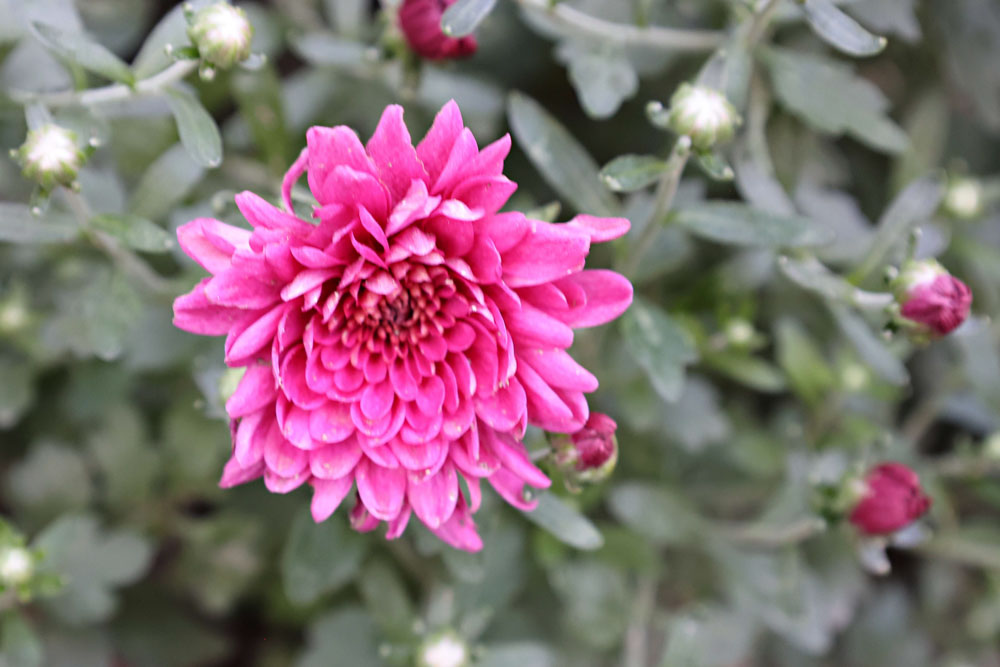
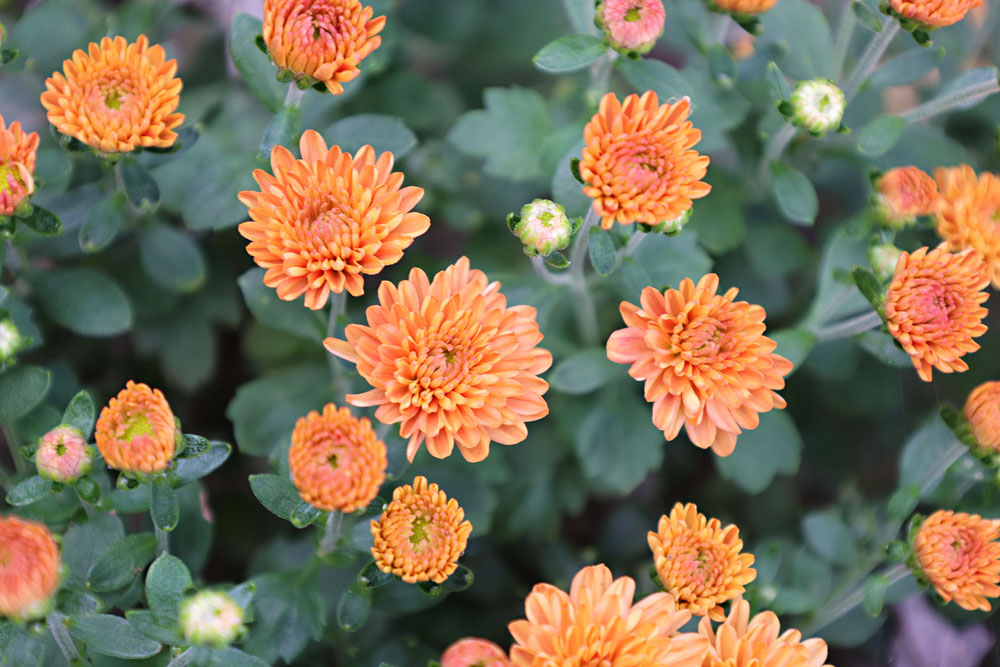

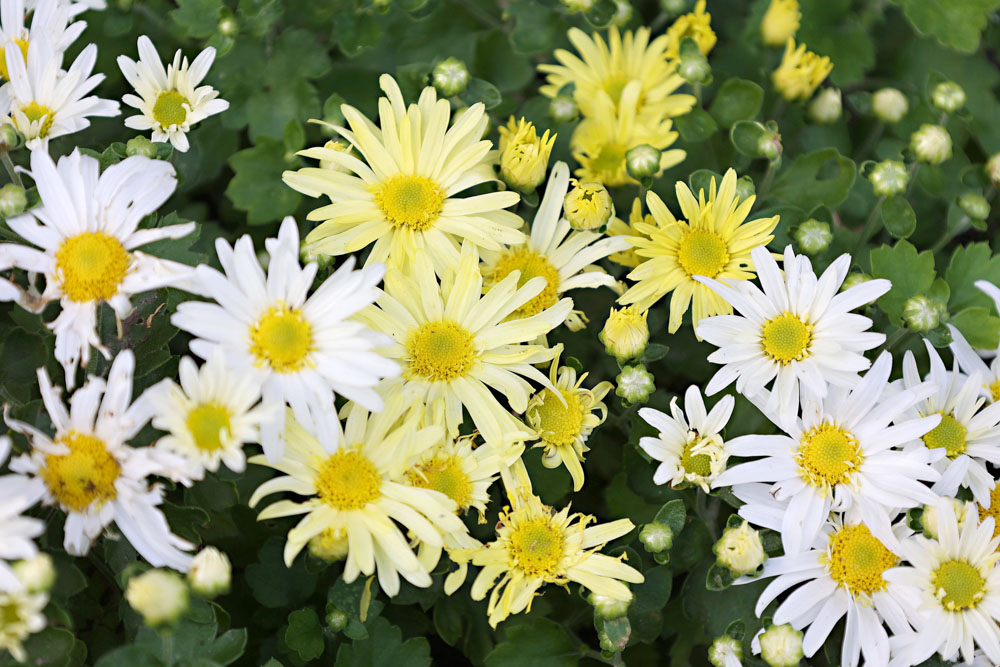
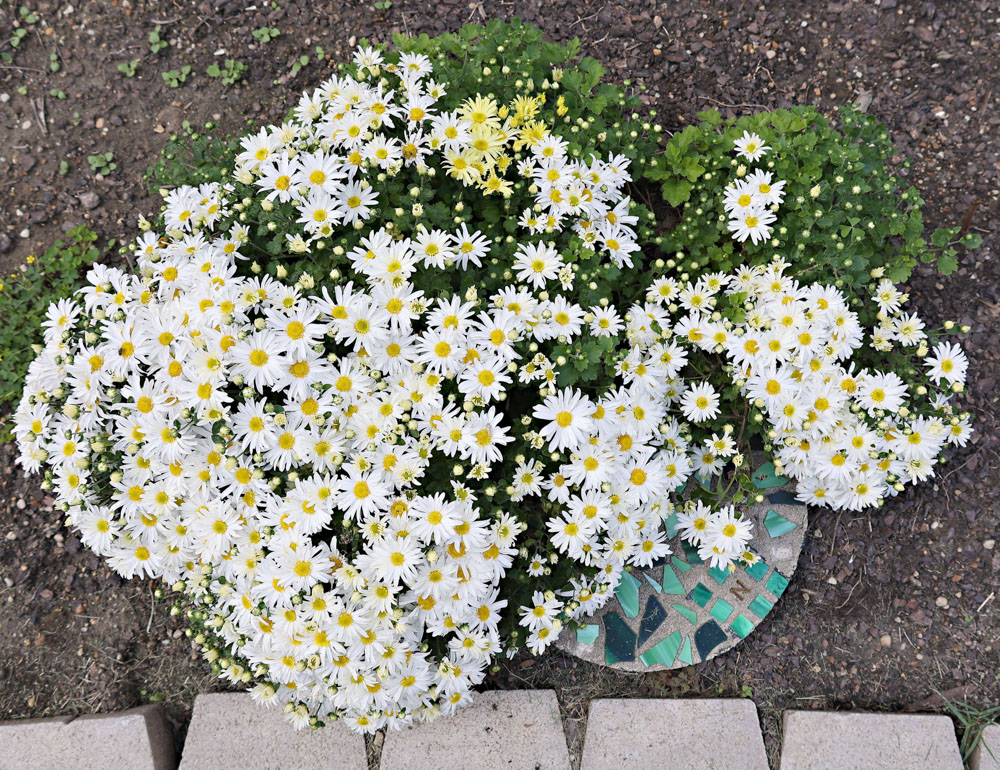

This photo is to show what the leaves look like.

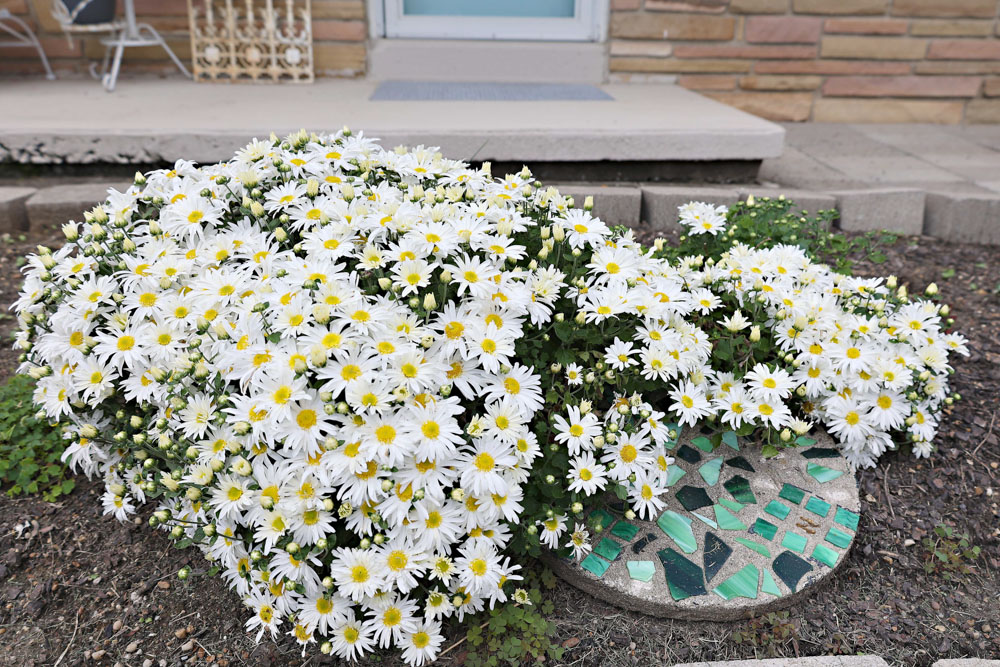
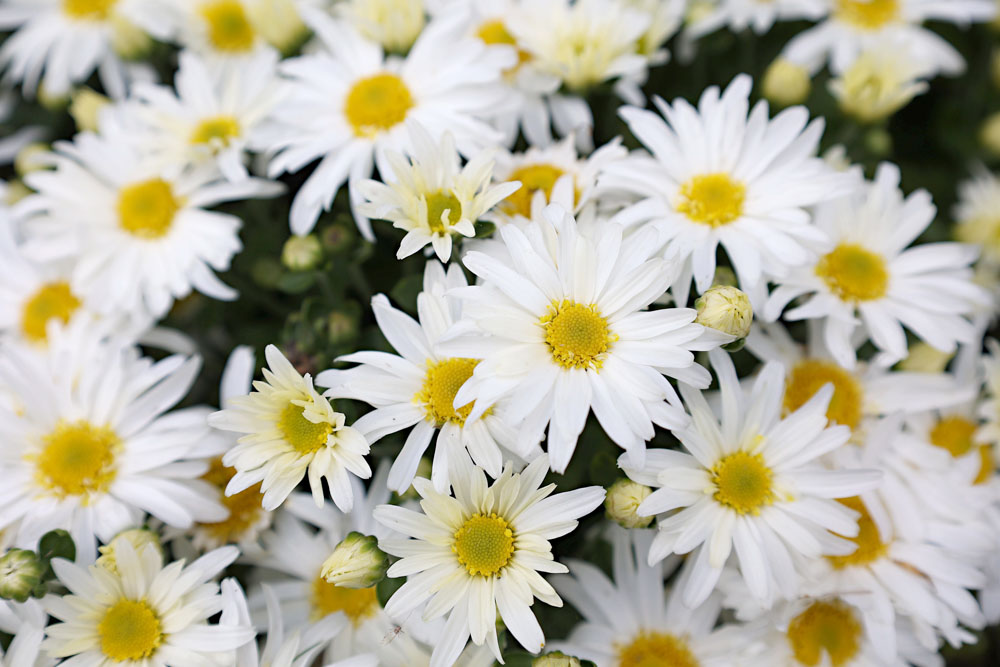
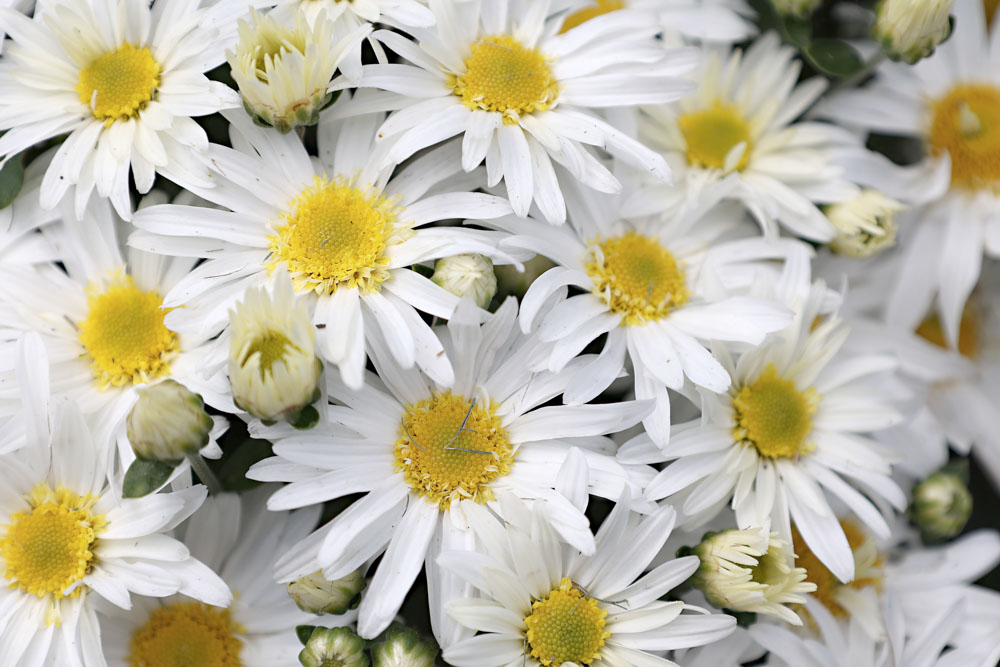
2023

2022



2021



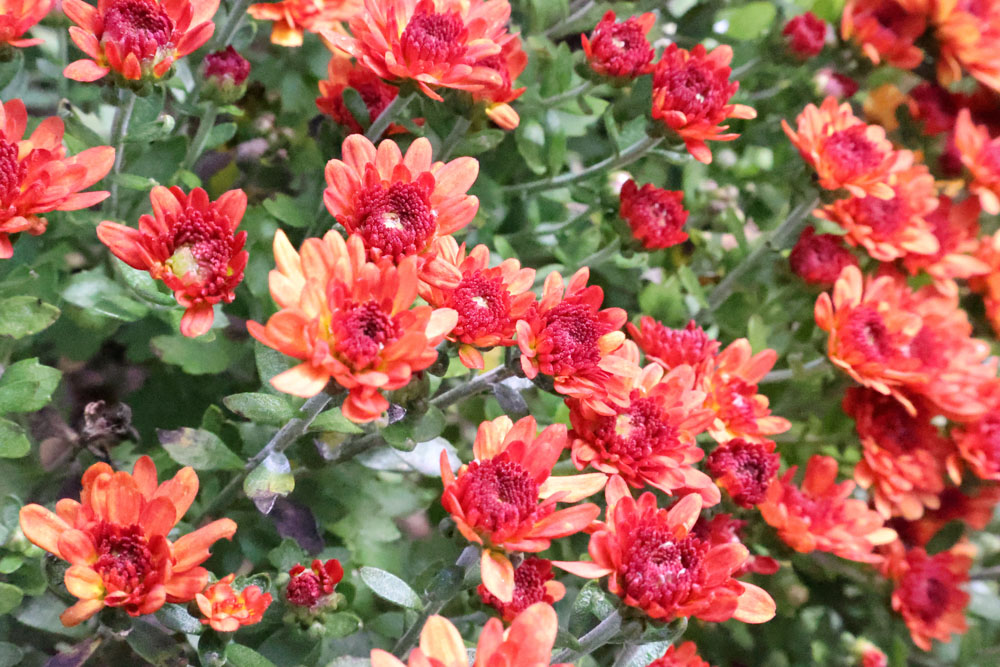

2020
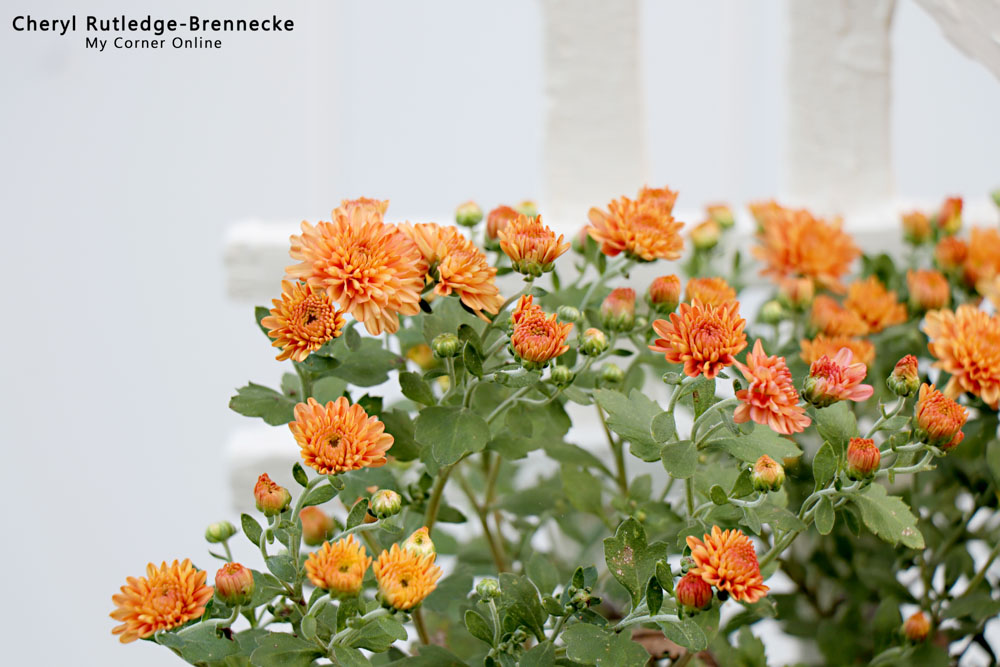
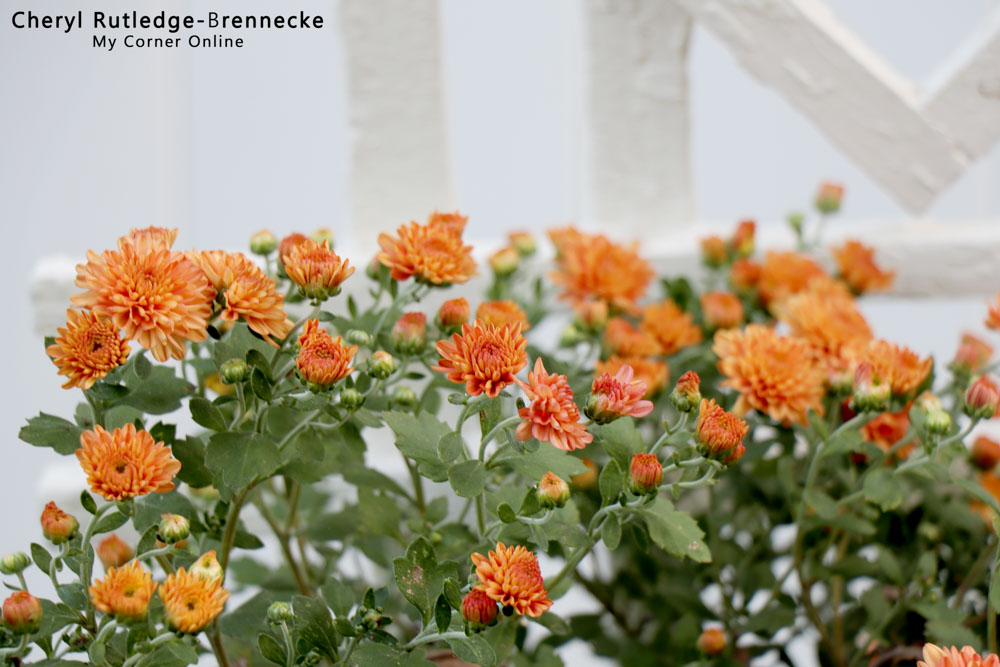

2018



2017

This Mum was HUGE for several years. I think at one time I measured it at 8 feet or more circumfrance. It is in one of my videos but I am too lazy to go look it up.
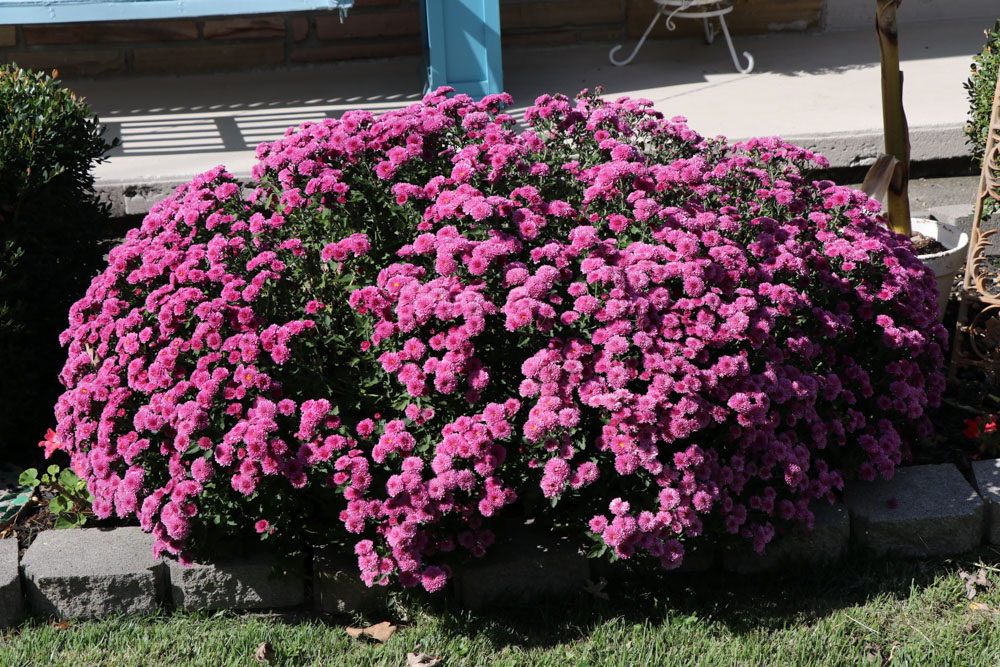
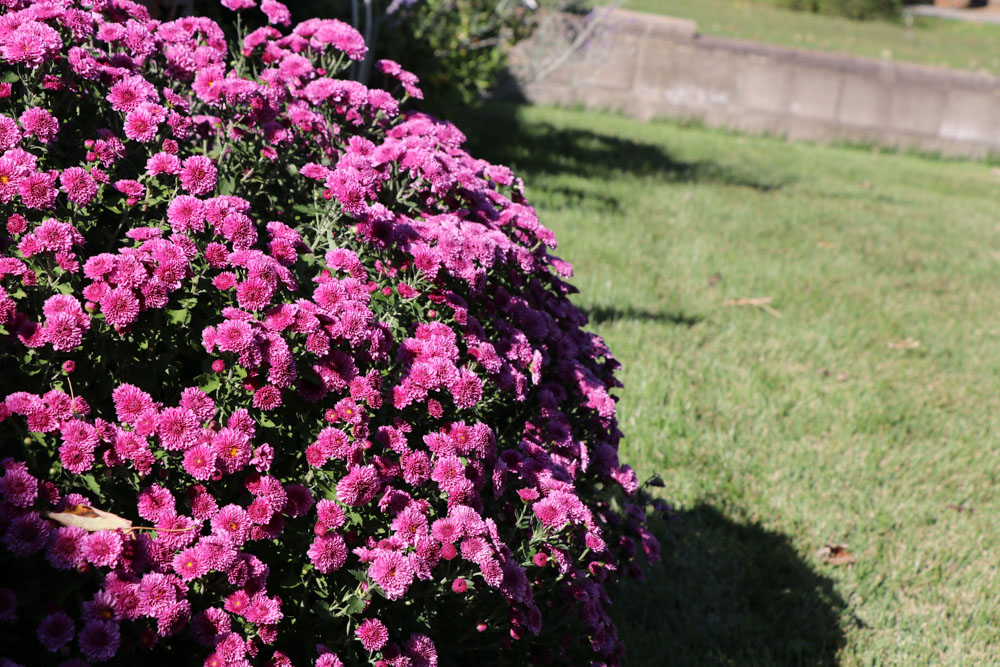
2016

Here it was so large that it was splitting and falling over after heavy rain which was not desirable.
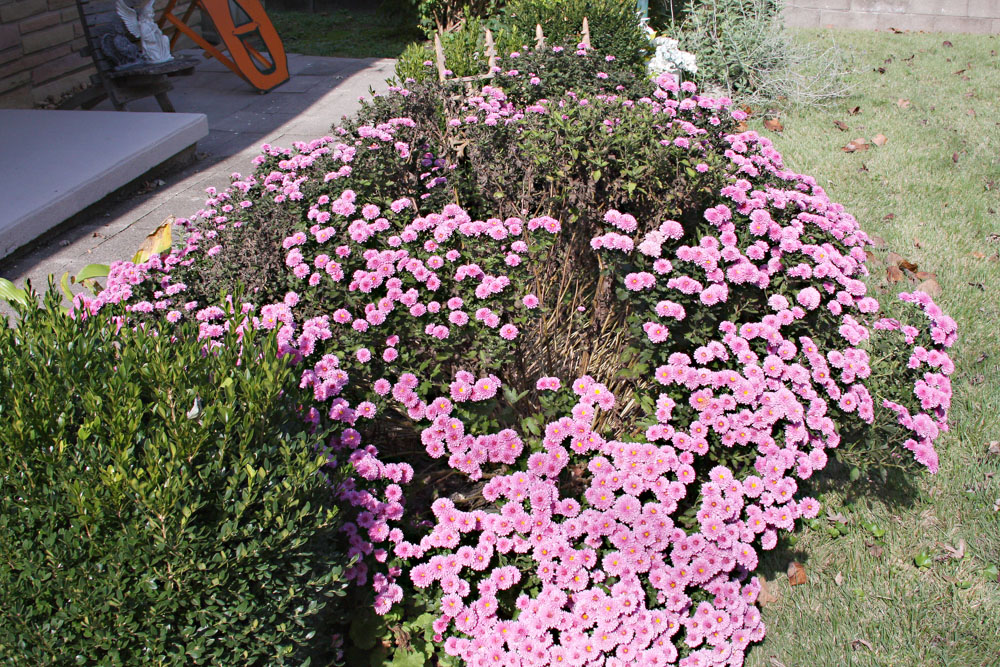
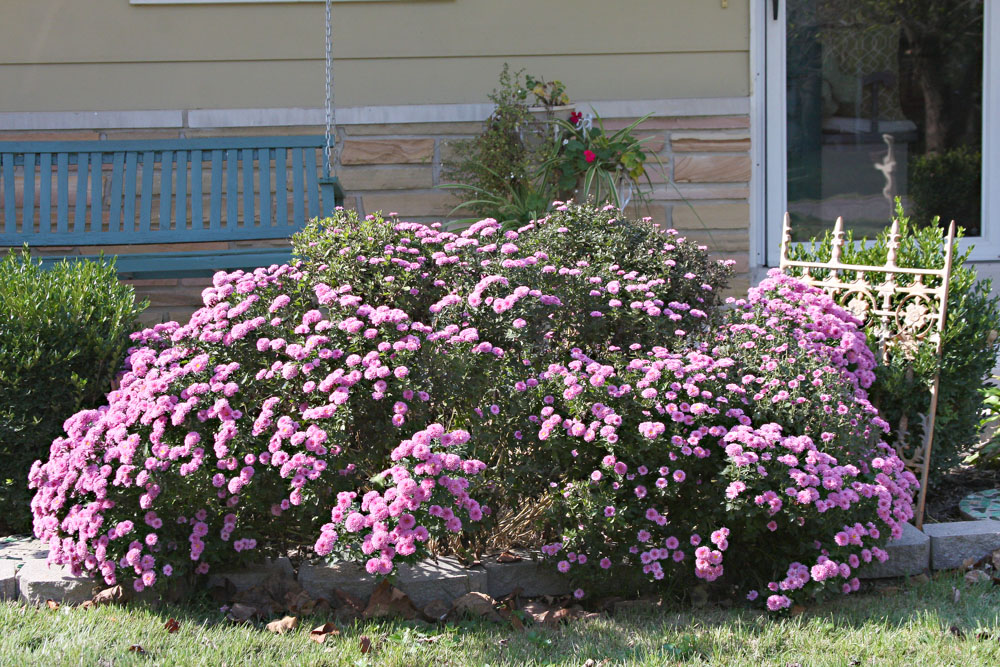



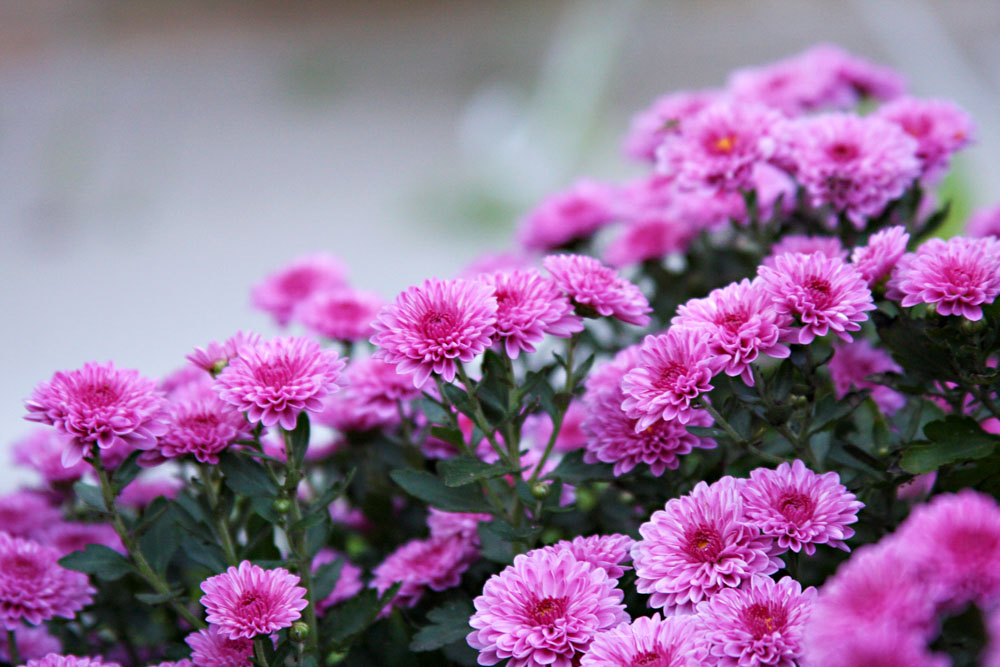
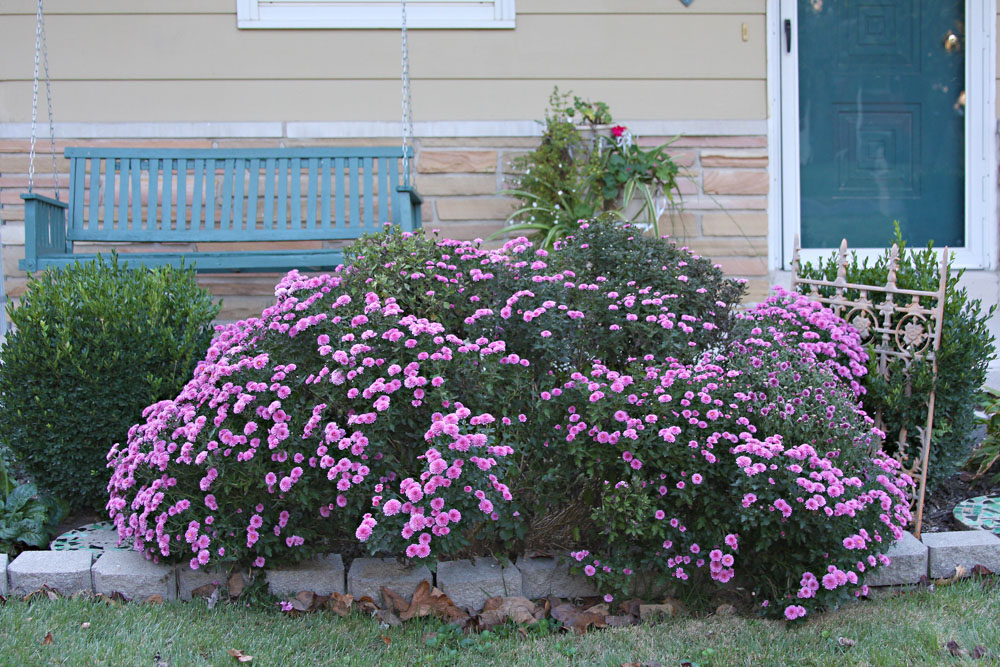




2015
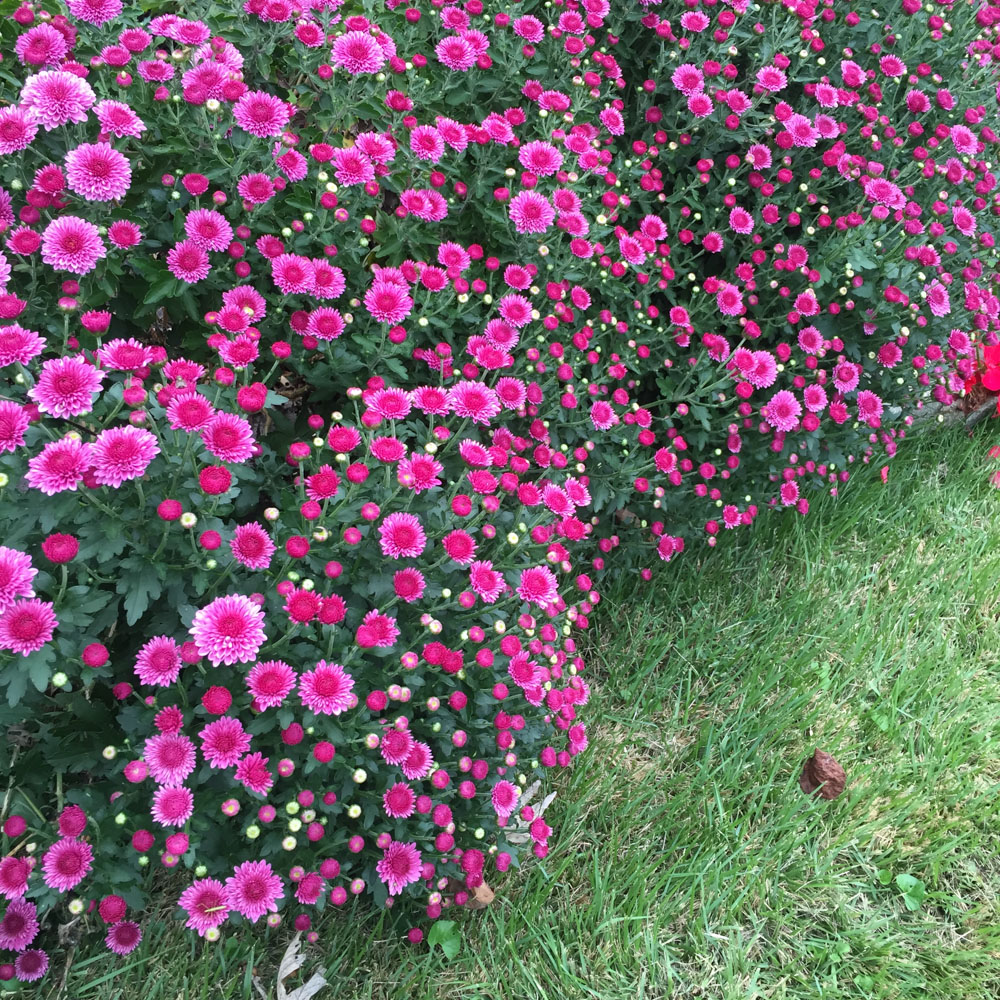
2003

.jpg)